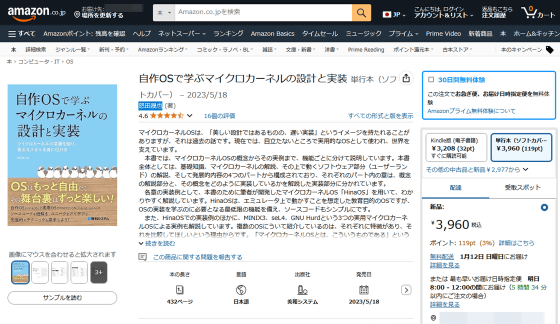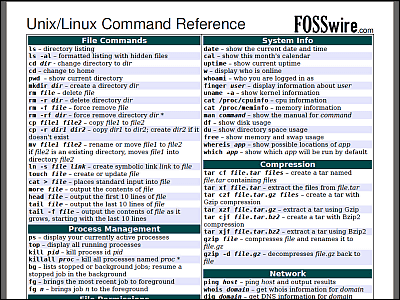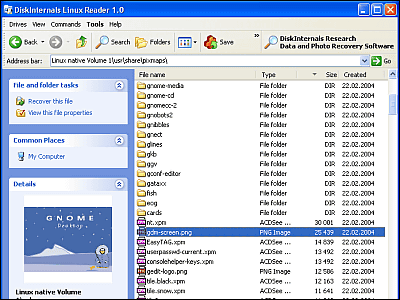A Japanese website that explains how to create your own OS with less than 1000 lines of code is now available

When we hear 'OS development,' we tend to imagine something complicated that only large companies or large organizations can create. ' OS in 1,000 Lines ' is a free educational material written by OS expert
An operating system in 1,000 lines
https://seiya.me/blog/operating-system-in-1000-lines
Introduction | OS in 1,000 Lines
https://operating-system-in-1000-lines.vercel.app/ja/

'OS in 1,000 Lines' is written in Japanese from start to finish, and by reading the explanations and writing the code, you can create an OS with the functions of 'context switching,' 'paging,' 'user mode,' 'command line shell,' 'disk device driver,' and 'file reading and writing.'
The explanation is written on the assumption that you understand the C language and are familiar with UNIX-based command operations, but those with knowledge can also implement it in programming languages other than C, such as Rust and Zig. The development environment is assumed to be macOS or Ubuntu, and for Windows, it is recommended to start Ubuntu using WSL2. Even if you use a system other than the assumed OS, you can develop the OS in the same way as long as you prepare the necessary software such as a compiler and disassembler. Detailed instructions on how to build the development environment are written in the chapter on development environments .

'OS in 1,000 Lines' has chosen 32-bit RISC-V as the target hardware for the reasons that 'its specifications are simple' and 'it has been much talked about in recent years.' In addition, it uses the virtual machine '
Another advantage of using QEMU is that it makes debugging easier. Usually, when developing an OS, it is common to run into situations where you are not sure if the OS is running properly, but by using the debugging features built into QEMU, you can easily check the instructions being executed.

In addition, Mr. Ikuta has also released a book 'Learning Microkernel Design and Implementation with a Homemade OS' that explains the design of the microkernel using his own 'HinaOS'. 'Learning Microkernel Design and Implementation with a Homemade OS' is available on Amazon.co.jp for 3960 yen including tax.
Learn Microkernel Design and Implementation with a Homemade OS | Masaya Okada | Books | Online Shopping | Amazon

Related Posts:
in Software, Posted by log1o_hf







